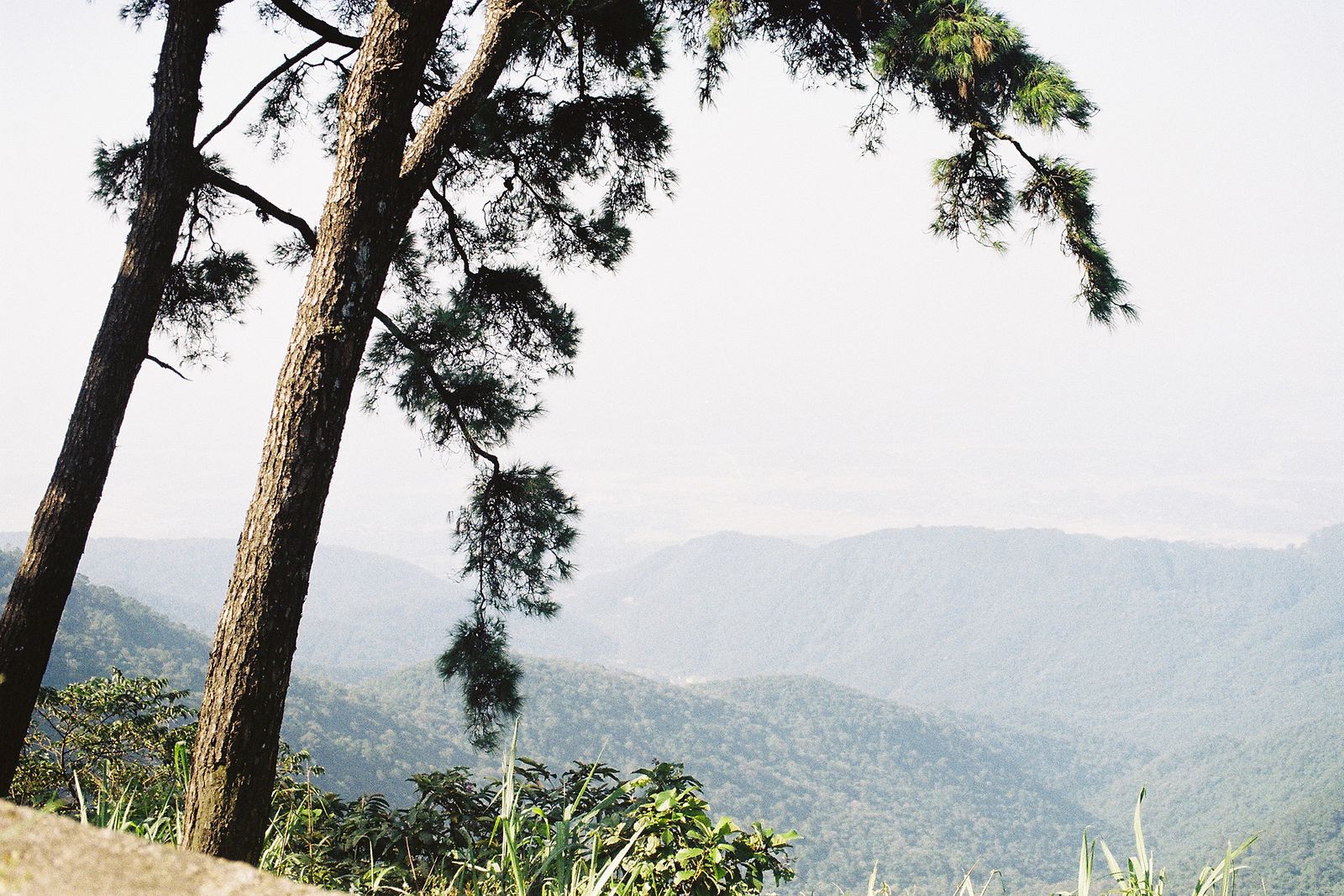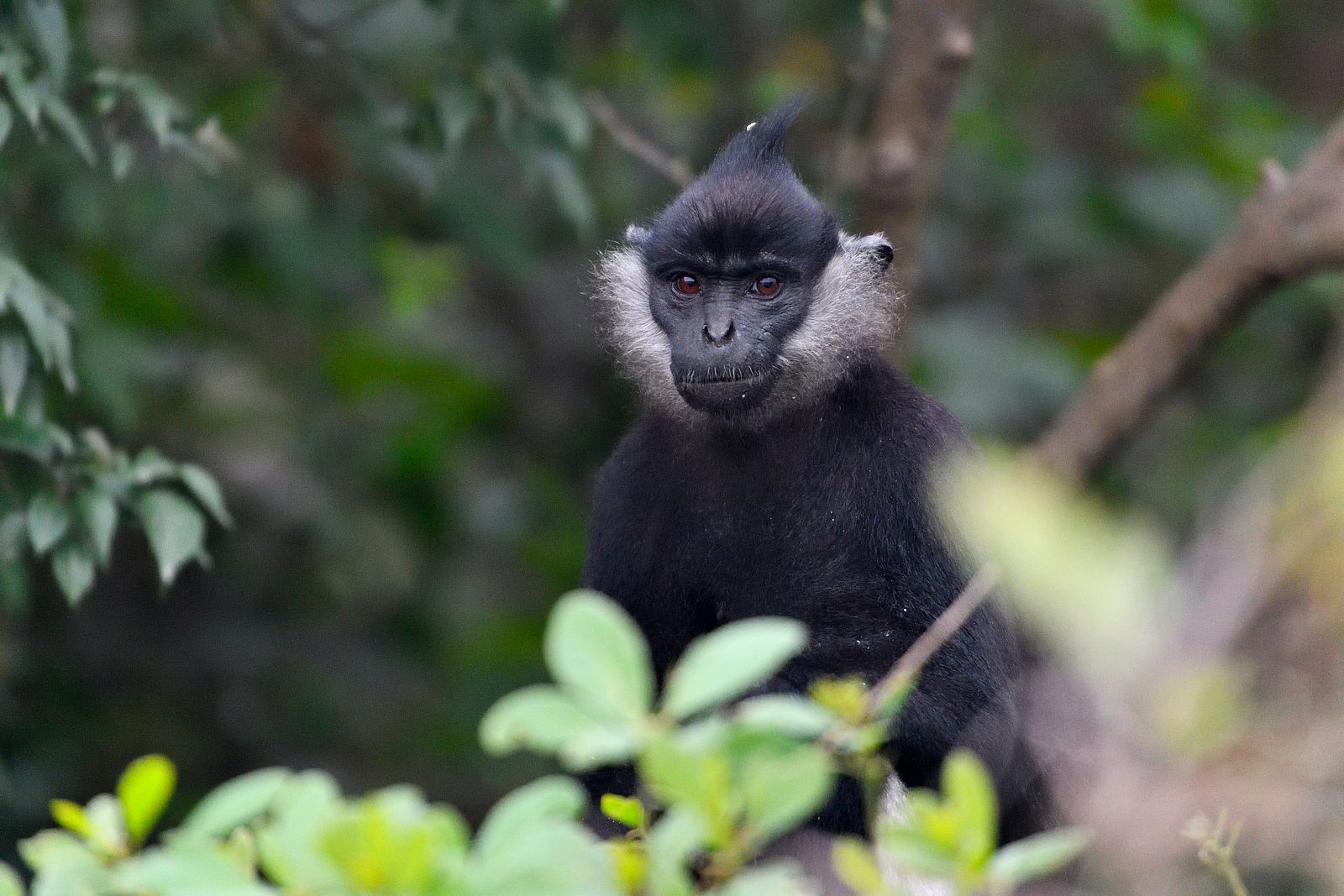The head of Ho Chi Minh City’s environment agency said that climate change and seasonal weather patterns spread Da Phuoc Landfill’s stink to surrounding areas.
Nguyen Toan Thang, the department director, said in a meeting on Tuesday that “the influence of climate change and season-related factors” are the causes of odors drifting to surrounding communities including the high-end residences in District 7’s Phu My Hung area. He didn’t elaborate on how in particular climate change was contributing and Tuoi Tre could only speculate that he was referring to summer’s monsoon winds that sweep across southern Vietnam.
The Da Phuoc Landfill is the city’s largest waste facility, processing 66% of Saigon’s garbage, which amounts to 5,000 tons a day. Located just 20 kilometers from the city center, the dump is now 27 meters tall.
The landfill’s emitted odors are having serious impacts on people’s daily lives. Pham Hoai Thuy Duong, a tenant at the Belleza apartment building in District 7, said the smell forces people to keep all their doors and windows shut which requires running energy-sucking air conditioners all day. Moreover, people at outdoor eateries have been forced to end meals mid-bite because of the unappetizing aromas. Hong, a Phu My resident added, "I often exercise in the morning. But whenever I open the door, I’m completely put off by the smell that makes me think I’m living near a piggery or garbage dump."
Beyond simply stinking up the air, in 2017, the landfill was accused of releasing polluted water. Citizens gathered to protest the expulsions that threaten their health and fish farms. The previous year it was fined VND1.5 billion (US$66,100) for illegally discharging sewage after failing to appropriately treat and monitor it.
The problem is, sadly, not a new one. Saigoneer reported on the situation two years ago. People have become pessimistic about the landfill’s ability or willingness to clean up their act. As Tam, a local woman put it, “We keep complaining about the treatment plant at all meetings and we receive promises from agencies, but nothing has changed.”
Le Van Khoa, an environment lecturer from the Ho Chi Minh City University of Technology said that failure in urban planning remains at the core of the problem. According to him, it never should have been built so close to the city and now that it is getting full, it cannot properly treat the waste it receives. He says the amount of rubbish it collects must be reduced while Pham Viet Thuan, from the Institute of Economics, Natural Resources and Environment says the facility must be moved entirely.
Previous proposals to address the problem include allowing local citizens into the plant to more effectively monitor its operations and raising household waste collection fees from current rates of VND15,000 to VND 20,000 to VND50,000 and more in following years. In 2016, Thang said inspectors instructed the facilities to use more deodorant and quicken the process of receiving and processing garbage, sewage sludge and mud as well as plant a 300-500 meter wide buffer zone of plants.
On Tuesday, Thang acknowledged some of these potential remedies while stressing that, “Only by switching to incineration can the bad smell be tamed … And the key point is using new waste treatment technologies.” Currently, 70% of waste in the city is buried while the rest is incinerated. The government hopes to reduce that number to 50% by 2020.
[Photo via Tuoi Tre]















